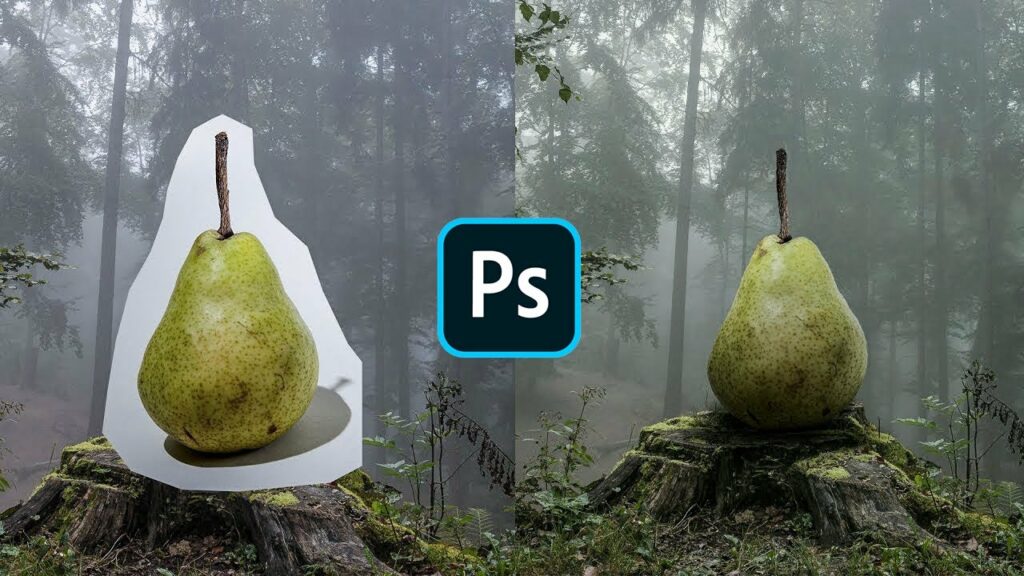Unveiling Photoshop Compositing Secrets: Mastering the Art of Blending Images Like a Pro

Introduction:
In the realm of digital artistry and photography, Photoshop stands as a formidable tool for creating stunning composite images that seamlessly blend elements from different sources. Compositing allows artists and photographers to transcend the limitations of reality, creating visually captivating scenes. This comprehensive guide will delve into the intricate world of Photoshop compositing, unveiling secrets and techniques that will empower you to blend images together like a pro, unlocking boundless creative possibilities.
Table of Contents:
- Understanding the Essence of Photoshop Compositing:
- a. Defining Compositing in the Digital Art Landscape
- b. The Impact of Seamless Blending on Visual Appeal
- c. Exploring Diverse Applications of Compositing
- Choosing the Right Images for Compositing:
- a. Assessing Image Quality and Resolution
- b. Analyzing Lighting and Perspective for Cohesion
- c. Identifying Elements for Effective Integration
- Essential Preparations for Compositing in Photoshop:
- a. Organizing Layers for Non-Destructive Editing
- b. Familiarizing Yourself with Essential Tools and Panels
- c. Setting Up a Clear and Efficient Workspace
- Basic Compositing Techniques:
- a. Utilizing Selection Tools for Initial Isolation
- b. Applying Layer Masks for Seamless Integration
- c. Adjusting Color and Tone for Consistency
- Advanced Compositing Methods:
- a. Embracing the Power of the Pen Tool
- b. Leveraging Channels for Precise Selections
- c. Exploring Select and Mask for Fine Detailing
- Simulating Realistic Lighting Conditions:
- a. Replicating Natural Sunlight or Artificial Light Sources
- b. Creating Shadows and Highlights for Grounded Integration
- c. Adjusting Color Temperature for Visual Cohesion
- Blending Elements with Seamless Textures:
- a. Incorporating Texture Overlays for Cohesive Surfaces
- b. Matching Grain and Details for Realism
- c. Enhancing Depth with Texture Mapping Techniques
- Integrating Atmospheric Effects for Realism:
- a. Adding Fog, Mist, or Haze for Depth
- b. Implementing Lens Flares and Light Rays
- c. Exploring Special Effects for Creative Compositing
- Troubleshooting Common Challenges:
- a. Dealing with Perspective and Scale Discrepancies
- b. Addressing Lighting Inconsistencies
- c. Avoiding Unnatural Halos and Artifacts
- Saving and Exporting Composite Images:
- a. Choosing the Right File Format for Different Platforms
- b. Optimizing Images for Web or Print
- c. Preserving Layers for Future Adjustments
- Inspirational Examples and Case Studies:
- a. Before and After Compositing Transformations
- b. Breakdowns of Notable Compositing Challenges
- c. Exploring Different Styles and Approaches
Conclusion:
Mastering the secrets of Photoshop compositing is a journey that requires a fusion of technical skill, artistic vision, and a deep understanding of the software’s capabilities. From basic techniques to advanced methods, this comprehensive guide has equipped you with the knowledge and tools needed to blend images together like a professional. As you embark on your creative journey of compositing, remember that experimentation, attention to detail, and an open mind will guide you toward creating images that captivate and inspire. So, dive into the world of Photoshop compositing, and let your imagination blend reality with artistry in ways that leave a lasting impression.




